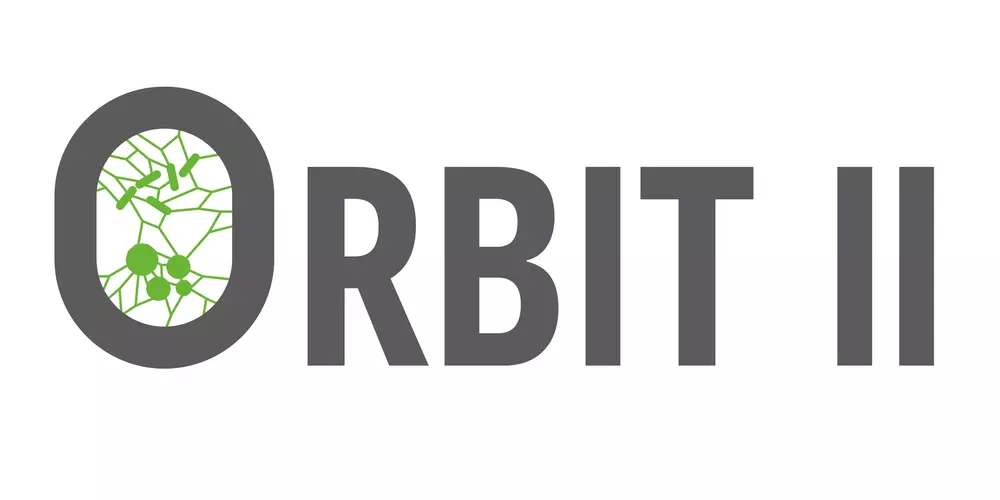Energy storage as the key to the energy transition
Energy Storage
"Renewable energies are all well and good, but the problem is the (lack of) storage!" You've probably heard a sentence like this before. However, we can assure you: there is no energy storage problem! Rather, we are spoiled for choice between all the flexibility and storage options.


Research activities in the field of
Energy Storage
Energy storage systems are indispensable for the successful implementation of the energy transition and the integration of renewable energies into our energy system. They make it possible to store energy from fluctuating sources such as wind and solar energy and supply it as required. Energy storage systems therefore make a decisive contribution to replacing fossil fuels in the long term and ensuring security of supply, even when sun and wind are not available.
There are a variety of energy storage technologies with different areas of application. The most important include battery storage (such as lithium-ion batteries), pumped storage power plants, heat storage and chemical storage in the form of hydrogen, for example. Each type of storage has specific advantages: Batteries react quickly and flexibly, pumped storage power plants are suitable for large quantities and long-term storage and hydrogen can be used flexibly in the areas of electricity, heat and transportation.
Areas of application and importance of energy storage systems
Energy storage systems are used in various areas, from private households to industry and grid stabilization. Households often use battery storage systems in combination with solar systems in order to increase their own consumption of solar power and become more independent of the grid. In industry, energy storage systems help to reduce production costs and stabilize grid loads. In the field of electromobility, batteries serve as flexible storage systems that not only power vehicles, but can also be used as mobile energy resources.
In terms of the power grid, energy storage systems enable a stable supply by balancing out fluctuations and acting as a buffer. They are a "flexibility option" for reconciling fluctuations in renewable energies with actual energy demand.
Future and developments
Innovative technologies such as Power-to-X (converting electricity into hydrogen, methane or synthetic fuels) enable new forms of long-term storage and decarbonization. These processes offer a chemical storage solution that can serve as a "battery" for times when there is little wind and sun.
The energy transition will further increase the need for storage capacities. Energy storage systems and energy grids are seen as a "bridge to a sustainable energy supply" and play a key role in a climate-friendly, reliable energy future. Technological progress, political support and investment are essential in order to exploit their potential. The vision of a climate-neutral, secure and affordable energy supply can only be realized through joint efforts in research and development.



